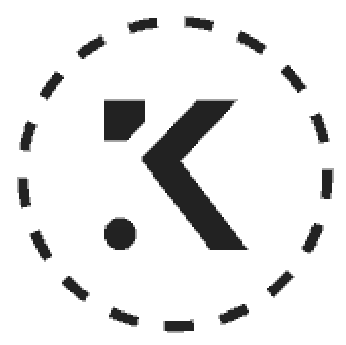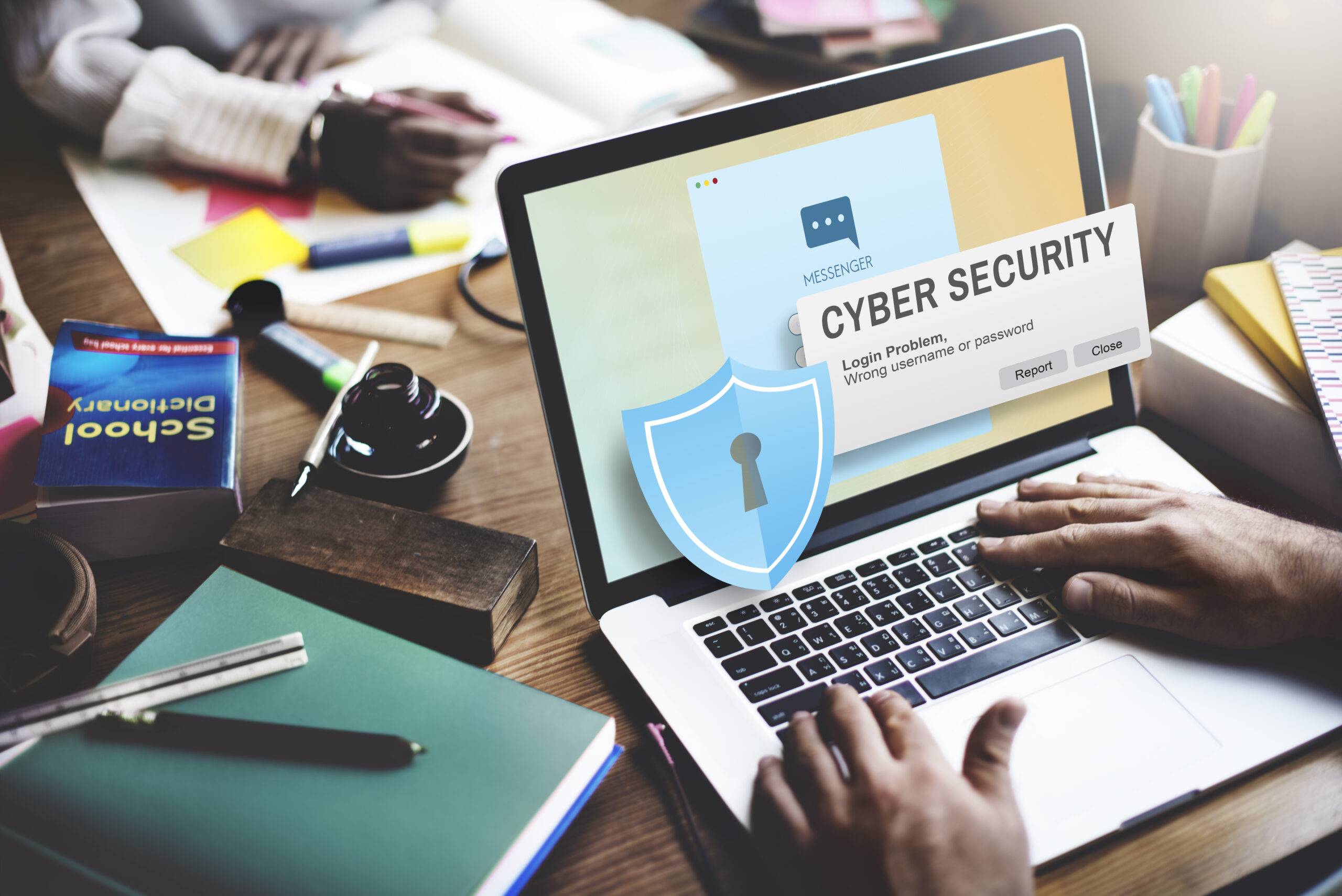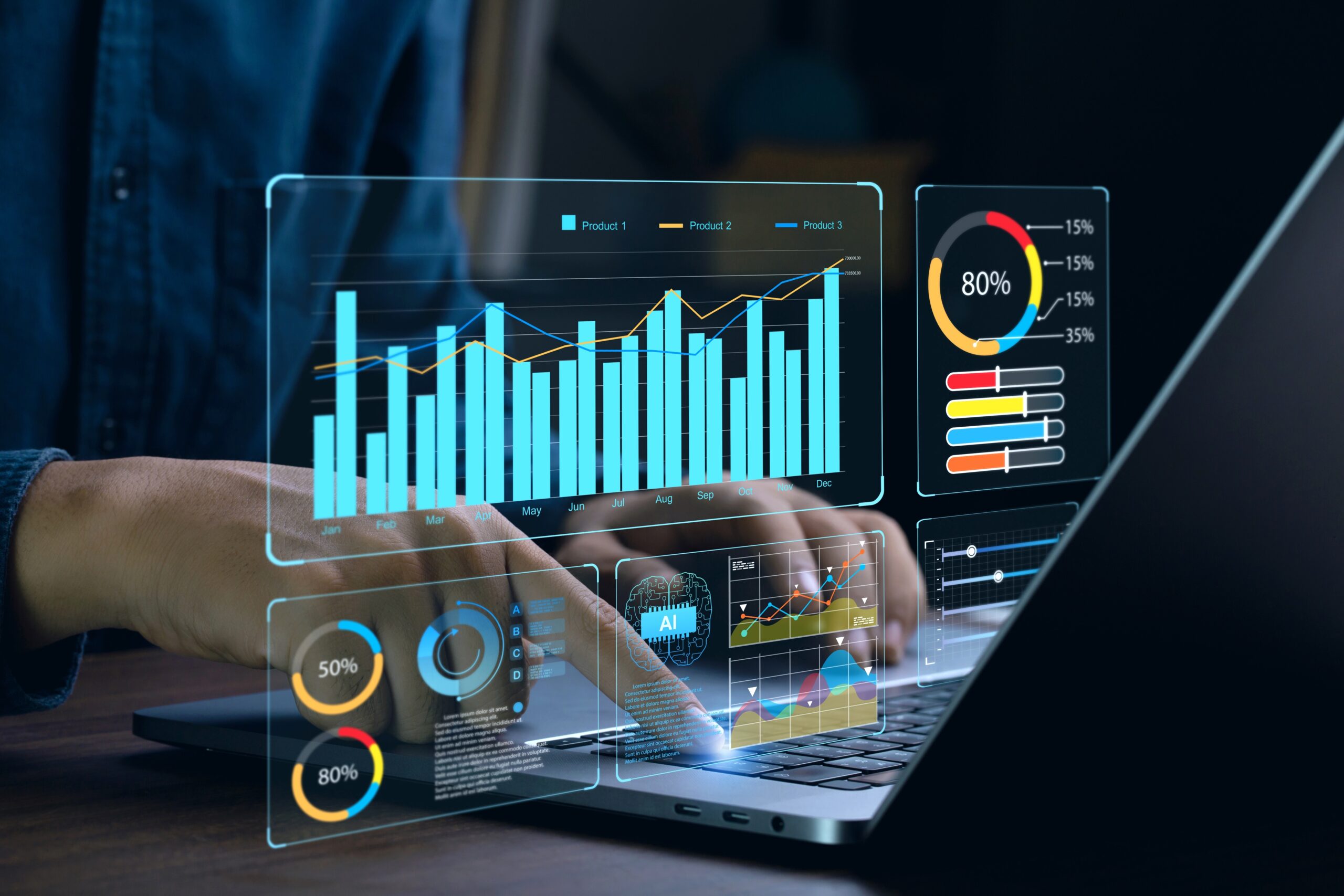At Web Design Knutsford, we stay up-to-date with the latest website design trends to ensure our clients have websites that are not only visually appealing but also functional and user-friendly. In this blog post, we’ll explore some of the top trends in web design including responsive design, minimalism and simplicity, and immersive experiences.
Responsive Web Design
At Web Design Knutsford, we know that responsive web design is a must-have feature in modern websites. With more and more users accessing websites on their mobile devices, it’s crucial to create a seamless user experience across all screen sizes. Mobile-first design is becoming increasingly popular, as it ensures that the website looks great and functions well on smaller screens before expanding outwards.
Another trend gaining popularity in website design is Progressive Web Apps (PWAs). PWAs provide an app-like experience for users without requiring them to download anything from an app store. They’re fast, reliable and can be accessed offline – making them perfect for those who are constantly on-the-go or living in areas with poor connectivity. At Web Design Knutsford, we keep up-to-date with the latest trends such as these to ensure our clients’ websites remain at the forefront of technology innovation – whether using artificial intelligence or implementing claymorphism techniques.
Mobile-First Design
At Web Design Knutsford, we believe that mobile-first design is the future of website development. This approach ensures that websites are optimized for smartphone and tablet screens, which are increasingly becoming the primary device for browsing the internet. As part of this trend, we have noticed a shift towards larger and more readable typography to improve user experience on smaller screens.
thumb-friendly navigation design is also gaining momentum as it enables users to navigate through websites with ease using just their thumbs. The simplified layout with minimalistic elements enhances page load speeds while delivering an immersive user experience. We do not rely on artificial intelligence or claymorphism in our approach but rather focus on well-proven techniques that ensure optimal results for our clients’ websites.
Progressive Web Apps (PWAs)
At Web Design Knutsford, we are always looking for new ways to improve the user experience on websites. Progressive Web Apps (PWAs) offer many benefits, including offline functionality for better user experience. With PWAs, users can still access content even when they don’t have an internet connection.
In addition to offline functionality, PWAs also provide push notifications to keep users engaged. This feature allows businesses to send timely updates and promotions directly to their audience’s devices. Furthermore, improved page speed is another benefit of PWAs through caching and preloading technology. These advancements help reduce load times and create a more seamless browsing experience for visitors. At Web Design Knutsford, we are excited about these developments in web design trends as we continue our pursuit of exceptional website design with cutting-edge features like artificial intelligence or claymorphism that would further enhance the user’s online journey!
Minimalism and Simplicity
In the world of web design, minimalism and simplicity have been gaining popularity in recent years. This trend focuses on creating clean and uncluttered designs that are easy to navigate and understand. By eliminating unnecessary elements, designers can create a more focused user experience that allows visitors to quickly find what they need.
Minimalist websites often use a limited colour palette, simple typography, and negative space to draw attention to key features or content. This approach not only looks sleek and modern but also helps improve website performance by reducing load times. Plus, it’s easier for visitors to engage with a site when they’re not overwhelmed by too much information or distractions. As web design continues to evolve, we expect minimalism will remain an important trend for many years to come.
Flat Design
Flat design has become an increasingly popular trend in website design due to its sleek and modern aesthetics. One of the defining characteristics of flat design is the use of bold typography, which helps to convey important messaging in a clear and concise manner. Vibrant colour schemes are also commonly used in flat designs, providing a visually striking contrast that can capture users’ attention.
In addition, minimalist iconography plays an integral role in flat design by streamlining visuals and reducing clutter on web pages. These icons are typically designed with simple shapes and colours that complement the overall aesthetic of the website. By employing these key features, designers can create websites that not only look great but also provide users with an intuitive user experience.
- Bold typography
- Vibrant colour schemes
- Minimalist iconography
Skeuomorphism
3D imagery and animations, realistic textures and materials, and immersive user experience are all elements of skeuomorphism that can make a website feel more tactile. The use of these design techniques creates an environment that emulates the physical world within a digital space. By incorporating 3D designs, such as buttons or icons that appear to be raised from the page, users are given visual cues for how they should interact with the site.
Realistic textures and materials add depth to a website’s design by simulating real-world objects. For example, wood grain or leather may be used as backgrounds or overlays on images to create a rich sensory experience for visitors. Additionally, immersive user experiences can be created through interactive animations that respond to users’ actions in real-time.
Overall, skeuomorphic web design is about creating an engaging digital environment by blending tangible elements with modern technology. When executed properly it allows websites to stand out amongst competitors while providing visitors with intuitive navigation and memorable aesthetics.
Immersive Experiences
Immersive experiences have become a major trend in web design. Virtual reality (VR) and augmented reality (AR) are changing the way users interact with websites, providing a more engaging experience that can help businesses stand out from their competitors. By incorporating VR and AR features into their website design, companies can create an interactive environment that allows users to explore products or services in 3D.
Scrolling animations and effects are also becoming increasingly popular in web design trends. These subtle yet powerful effects add depth and dimension to websites, making them more visually appealing and attention-grabbing. From parallax scrolling to hover animations, these techniques allow designers to create dynamic pages that keep visitors engaged for longer periods of time. When done right, scrolling animations can make even the most basic website feel immersive and exciting for users.
Virtual Reality and Augmented Reality
As virtual reality and augmented reality continue to become more mainstream, the integration of VR/AR into website design has become a trend that cannot be ignored. By using these technologies, designers can create immersive experiences for users that make them feel like they are interacting with the website in real life. However, this approach also comes with risks as not all users may have access to or enjoy using VR/AR technology.
When it comes to the advantages of using VR/AR in web design, the biggest benefit is undoubtedly user engagement. By creating an interactive experience for visitors, websites can increase dwell time and drive conversions. Additionally, businesses that use VR/AR on their site will stand out from competitors who only offer static content.
On the other hand, there are some potential disadvantages of integrating VR/AR into web design – namely accessibility issues and increased load times due to heavy rendering requirements. As such it’s essential that companies consider whether or not they want to risk alienating certain parts of their audience by adopting these new technologies before doing so definitively.
Scrolling Animations and Effects
Incorporating scrolling animations and effects can add an extra layer of interactivity and engagement to your website. Here are some popular techniques you can use:
- Parallax Scrolling Effects:
- This technique creates the illusion of depth on a 2D webpage by allowing different layers to move at different speeds as the user scrolls.
- Animated Page Transitions:
- Instead of jumping from one page to another, consider using animated transitions that smoothly guide your users through your site.
- Interactive Elements in Scroll-Based Designs:
- Use scroll-based designs creatively with interactive elements such as dropdown menus, pop-ups or hover effects added into the mix.
Overall, adding scrolling animations and effects is a sure way to keep visitors engaged with your website while showcasing design flair.
Bold Typography
When it comes to bold typography in website design, the possibilities are endless. The use of custom fonts can add a unique and memorable touch to any site, while mixing and matching font styles can create an eye-catching visual hierarchy. Oversized lettering is also becoming increasingly popular for emphasis on important messages or headings.
Implementing bold typography in your web design helps your site stand out from the crowd and adds personality. However, it’s important to use these techniques strategically so as not to overwhelm the user or detract from the overall user experience. By carefully choosing which elements you want to emphasize with bold typography, you can create a visually stunning website that effectively communicates your message.
Dark Mode
Lower eye strain for users, enhanced visual appeal with contrasting colours and improved battery life on devices are just a few reasons why Dark Mode is becoming increasingly popular in web design. This option allows website visitors to switch the background colour to a dark shade, making it easier on the eyes especially during nighttime browsing. The contrasting colours also bring a fresh and modern feel to websites that were once only viewed in traditional light mode.
But did you know that using Dark Mode can also save your device’s battery life? In fact, using white or brighter backgrounds consumes more energy than darker ones. By implementing this feature on your website, you not only provide an aesthetic benefit but also contribute towards better device efficiency. So next time when planning your web design strategy, consider including Dark Mode as one of the essential features!






